Keith Haring at an ACT UP protest in front of St Patrick's Cathedral, New York, 10 December, 1989. Photo by Rita Barros / Getty Images.
Ahead of Phillips’ May 20th Century & Contemporary Art Auctions in New York, we invite arts writer Flossie Skelton — contributor to AnOther Magazine, British Journal of Photography, Dazed, i-D, et al. — to offer her thoughts on this transformative era.
When AIDS first took root in America in 1981, it’s unlikely anyone could have anticipated the magnitude of its impact on art. As the Village Voice journalist Richard Goldstein observed in 1990, no preceding epidemics had garnered such a fierce creative response: not yellow fever, cholera, or influenza. Yet 42 years later, with the AIDS epidemic still ongoing, the global art community remains captured — and changed — by the work that erupted from New York through the ‘80s and ‘90s.
So what is it that’s made AIDS different? It may be fitting to look to David Wojnarowicz for an answer. The way Wojnarowicz (and many others) saw it, maybe the virus was making people sick. But it was willful inaction and abandonment by the US government that was killing them. “IF I DIE OF AIDS — FORGET BURIAL — JUST DROP MY BODY ON THE STEPS OF THE F.D.A,” read a jacket he wore to a 1988 protest organized by ACT UP, his radical AIDS activist group. (When he did die of AIDS-related causes in 1992, his ashes were scattered on the White House lawn.)
We’re being angry and complaining because we have to, but where we want to go is back to beauty. If you let go of that, we don’t have anywhere to go.
—David Wojnarowicz

David Wojnarowicz, The Anatomy and Architecture of June 19th, 1953, 1987. 20th Century & Contemporary Art Day Sale, Morning Session.
As a virus hitting queer people, poor communities, immigrants, and racial minorities the hardest, the Reagan administration’s initial response to AIDS was one of silence — and on occasion, literal laughter (when a reporter asked White House press secretary Larry Speakes about America’s burgeoning “gay plague” in 1982, he made a joke and shrugged it off). It wasn’t until September 1985, four years after the crisis “officially” began, that the president even mentioned AIDS publicly for the first time. But religious attitudes toward gay sex thwarted conversation and education around the issue; stigmatization of AIDS-sufferers contributed to the mishandling of the virus by medical professionals, and drug development was botched and slow.
Bringing a sudden, cataclysmic end to New York’s iconic downtown art and club scene of the ‘70s, “there was a period where, basically, the social scene was funerals,” said the artist Kenny Scharf in a recent documentary. “Visiting people in hospitals.” By 1990, over 100,000 Americans were dead.
An artist of many intersecting disciplines, David Wojnarowicz famously employed them as a tool to castigate the government (and society at large) for its neglect. His anger boiled over when his once lover and longtime friend and mentor, the photographer Peter Hujar, died due to AIDS in 1987 (Wojnarowicz received his own diagnosis a few months later). Moving away from a Hujar-inspired stint in painting, and channeling his emotion into collage, photography and writing, his tone was one of fervent, unbridled rage. Some of his best known works are clearly — and uncomfortably — formulated to distress the viewer: from the piercing portraits he took of Hujar on his deathbed to his mixed-media One Day This Kid, which sees a photo of a prepubescent, grinning Wojnarowicz surrounded by graphic text about the dehumanization he — and every other gay man in America — would go on to suffer.
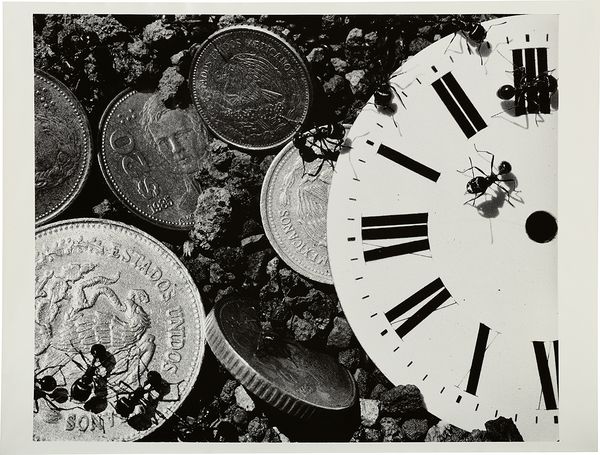
David Wojnarowicz, Untitled (Time/Money) from the Ant series, 1988–1989. 20th Century & Contemporary Art Day Sale, Morning Session.
To make the private into something public is an action that has terrific ramifications.
—David Wojnarowicz
On offer at Phillips in New York are two works produced at this pivotal time in Wojnarowicz’s career, showcasing some of the facets of his practice that made him such an influential figure. The Anatomy and Architecture of June 19th, 1953, 1987 — which speaks to the execution of a couple accused of spying on the US for the Soviet Union during the Cold War — exemplifies his merging of disparate styles, at once surreal, abstract, and figurative. Untitled (Time/Money), 1988–1989, meanwhile — taken from the artist’s Ant series, showing ants crawling over photographs of subjects including an effigy, a nude male body, and a gun — is a marker of his musings on sexuality, power, religion, and death (like humans, ants “have queens,” “create wars,” and “keep slaves,” Wojnarowicz once said of the motif, referencing the curious hierarchical violence of nature).
Wojnarowicz’s contemporary Keith Haring had an urgency and political directness to much of his work of the era, too; a mission to make as much noise about AIDS as he humanly could. Likewise a staunch supporter of ACT UP, he’s well known for pieces incorporating slogans like “'IGNORANCE = FEAR,” “SILENCE = DEATH,” and “STOP AIDS” in rallying cries for the crisis to be addressed. Except, where some of Wojnarowicz’s pieces felt dark, or imbued with despair, Haring’s trademark visual vocabulary — primary colors, cartoonish characters, and quirky symbolism — was one of fun. Hope. Joy. The paradox between substance and style constituted a powerful message: Look at all this aliveness, at risk of being lost to barbarism.
I am quite aware that I have or will have AIDS … my days are numbered ... Important to do as much as possible as quickly as possible. WORK IS ALL I HAVE AND ART IS MORE IMPORTANT THAN LIFE … time will tell but I am not scared. I live every day as if it were the last.
—Keith Haring
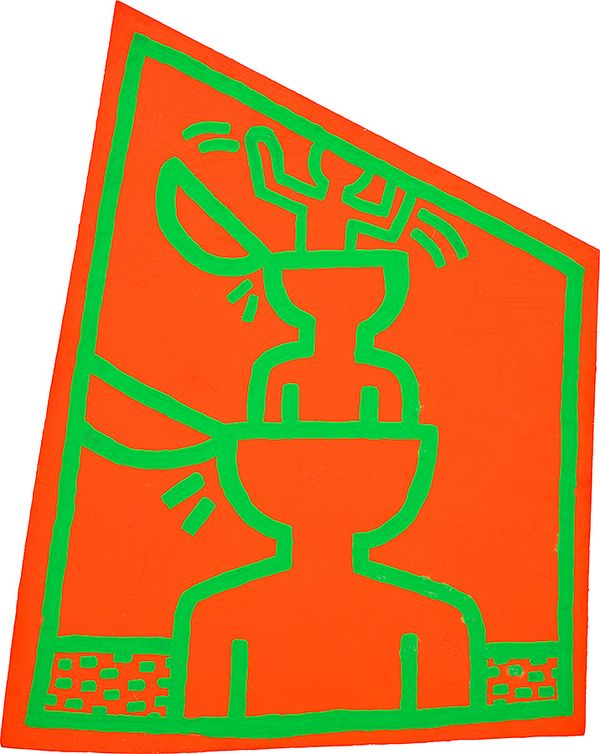
Keith Haring, Untitled, 1982. 20th Century & Contemporary Art Day Sale, Morning Session.
The vibrancy and dynamism of Haring’s works seem to evoke New York’s formerly thriving downtown nightlife scene, too: an entire culture built on “free love” and sexual liberty that was lost when AIDS tore through the city. Untitled, 1982 captures this energy, fusing it with his recurring motif of matryoshka nesting dolls to conjure a call for change and rebirth. In Untitled, 1981 meanwhile, Haring’s keen interest in phallic symbolism — which he often used to explore AIDS, sexuality, and power — is as alive as ever.
One of the most commercially successful artists amongst the East Village cohort, Haring held a firm belief that art should be for the masses — and political protest should be, too. After using his platform and money to fight fiercely for New York’s queer community, Haring died just two years after his AIDS diagnosis, aged 31.
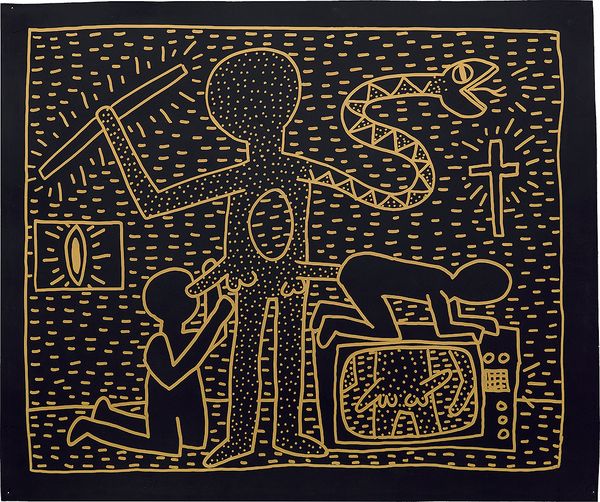
Keith Haring, Untitled, 1981. 20th Century & Contemporary Art Day Sale, Morning Session.
Of course, not every artist of the era was so direct in their messaging. In fact, the art historian and activist Douglas Crimp observed that what “dominated the art world’s response to AIDS” was the other side of the coin: more solemn and poetic approaches that avoided didactic politicism, aligning more closely with traditional aestheticism. Close friends Felix Gonzalez-Torres and Jim Hodges (also on offer) are examples, both of whom used deceptive simplicity and ostensible innocuousness in their installation work as a kind of decoy.
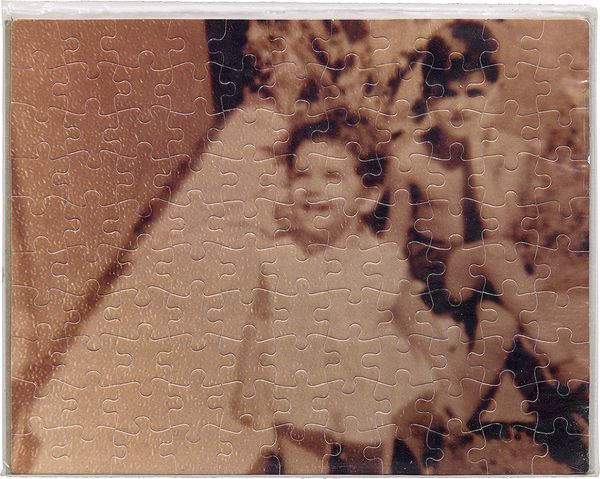
Felix Gonzalez-Torres, Untitled (Me and My Sister), 1988. 20th Century & Contemporary Art Day Sale, Afternoon Session.
Cuban-born Gonzalez-Torres — who died of AIDS-related illness in 1996, aged 38 — was perhaps the most famous member of Group Material, an artist-activist collective who worked to shine a light on the pervasive stigmatization of people with AIDS, and the homophobia that was informing public policy. His personal artistic response to the crisis, though, was covert — often marked by missing context and unsaid things, employing everyday objects, layered subtleties, and audience participation to explore themes of love, loss, life, and death.

Group Material’s "Democracy: Politics and Election" roundtable discussion at Dia Art Foundation, New York, 1988. Left to right: Eva Cockroft, Judge Bruce Wright, Julie Ault, Felix Gonzalez-Torres. Source: Dia Art Foundation.
Above all else, it is about leaving a mark that I existed: I was here. I was hungry. I was defeated. I was happy. I was sad. I was in love. I was afraid.
—Felix Gonzaelz-Torres
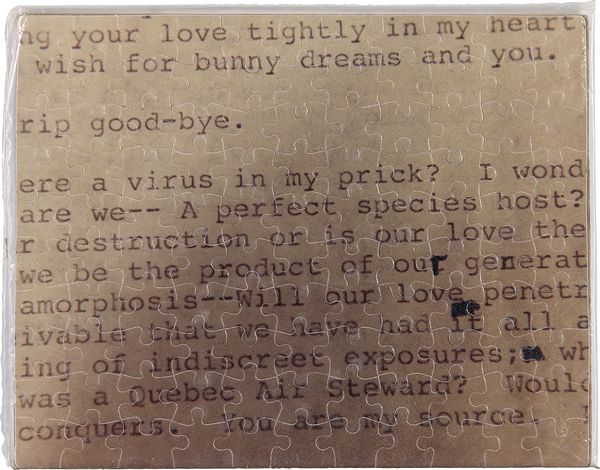
Felix Gonzalez-Torres, Untitled, 1988. 20th Century & Contemporary Art Day Sale, Afternoon Session.
Hodges, who never contracted AIDS himself, but was deeply enmeshed in the crisis as a gay man, transformed similarly commonplace materials into magnificently intricate creations: cascading curtains stitched from individual silk flowers; sprawling spider webs made up of links of silver chain, or an 18,000-piece collage of Pantone color swatches, which is on offer at Phillips. At the heart of his work was rumination on the exquisite beauty of the everyday — but also on the passing of time, the fragility of life, and our inevitable mortality.
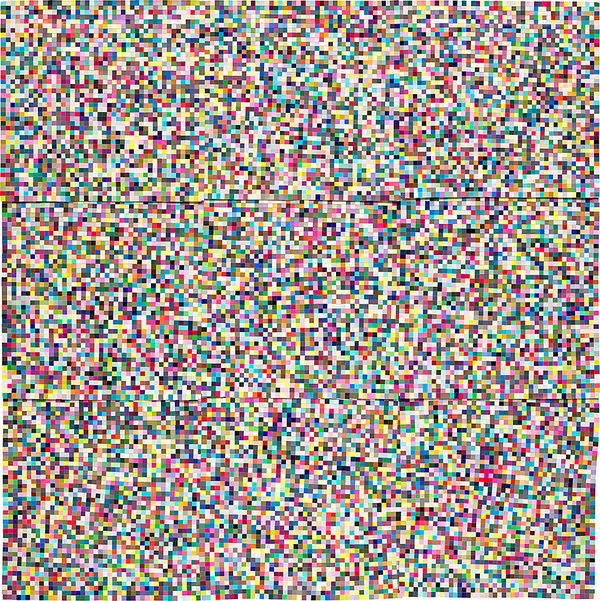
Jim Hodges, As Close As I Can Get, 1998. 20th Century & Contemporary Art Day Sale, Afternoon Session.
Conversations about beauty were central to AIDS-era art. The ‘80s and ‘90s were a time of immense pain in New York, but it was the restoration of beauty — of joy, compassion, and laughter — that so many were raging for. It was appreciation of the beauty that remained which kept them going. As the New York Times recalled in 2018, when the artist Zoe Leonard was afraid her cloud photographs seemed trivial in light of America’s political turmoil, David Wojnarowicz told her: “Zoe, these are so beautiful, and that’s what we’re fighting for. We’re being angry and complaining because we have to, but where we want to go is back to beauty. If you let go of that, we don’t have anywhere to go.”
There seems to be a buzz. …I’m in such a strange state of being, and nothing’s ever going to be the same
—Hugh Steers
It’s a sentiment exemplified, too, in the mesmerizing paintings of Hugh Steers: figurative canvases steeped in longing and loss, at once grieving individuals, a collective community, and New York’s entire downtown culture. Steers, who was lost to AIDS in 1995, aged just 32, placed himself in the tradition of American artists whose works embody “a certain gorgeous bleakness … [who] found beauty in the most brutal forms.” He believed a “soft glow of brutality” characterized all of America, and it runs throughout his oeuvre. At the Armoire, 1994, also on offer, is a bewitching example.
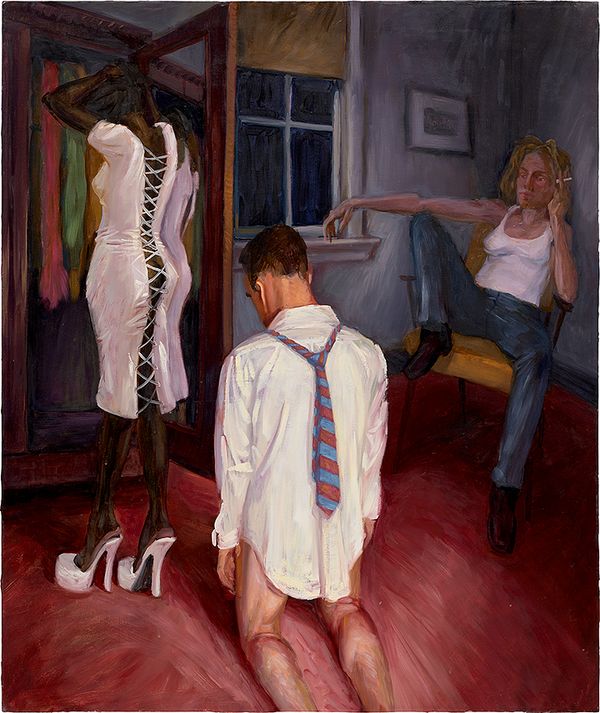
Hugh Steers, At the Armoire, 1994. 20th Century & Contemporary Art Day Sale, Morning Session.
Devastating though Steers’ scenes can be, his use of light and color is a marvel to behold, the details of each setting and pose pulsing with a rare kind of realness. Quiet domestic snapshots — ebbing and flowing with joy, pain, eroticism, and irreverence — are a different kind of AIDS activism to screaming in the streets. They differ, too, from the graffiti, conceptualism, and neo-expressionism that was dominating the art world in the late ‘80s and early ‘90s. But they are all the more of a sacred contribution to the canon for it.
Steers isn’t the only painter of the era to have received heightened recognition in more recent years for his figuration. Both he and his contemporary, the Chinese-American artist Martin Wong, helped carve and inform the shift towards identity-driven art that materialized in the ‘90s. An eccentric character known for sporting a handlebar mustache and cowboy hat, self-taught Wong was initiated into the arts scene by poet Miguel Pinero — a cofounder of the legendary Nuyorican Poets Café, who would go on to become Wong’s lover for a period — and developed an intricate visual vocabulary, as illustrated in Mandala, 1988 and St Joseph’s, 1988.
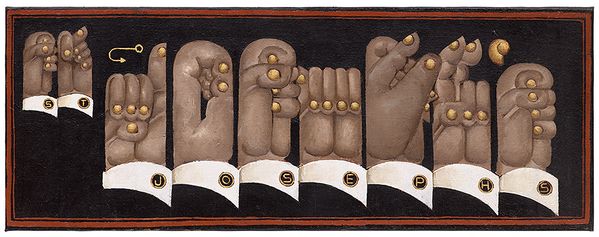
Marin Wong, St. Joseph’s, 1988. 20th Century & Contemporary Art Day Sale, Morning Session.
Chiefly, Wong enlisted a spectrum of rich browns in gritty love letters to the urban environment, New York’s Lower East Side (known as Loisada by its Hispanic community), and queer erotics. Despite his raw and rugged compositions, Wong’s works overflow with romance and tenderness, merging harsh realism with fantasy and desire: elsewhere, we see firemen passionately kissing in front of a burning building, or Pinero’s poetry filling a gray New York sky. Wong is often described as a “dreamer,” preoccupied with hope, possibility, and redemption, even in the darkest of times. Though as he began dying due to AIDS in the ‘90s, his work is observed to have gotten “quieter” and more solemn.
In no way does making art render a person’s life more worthy, or worse to lose. But one wonders what these artists — and so many others not mentioned — would have gone on to create, had their time not been cut short. Perhaps there is some small consolation to be found in all the art that was made — which maybe wouldn’t have been — thanks to the shifts in culture they helped bring about. Artists from this era, in their multitude of responses to AIDS and other struggles, played a seismic role in a movement that blurred the boundaries of art and activism forever; in the shift that harnessed creative expression as a formidable force to propel personal things — identity, illness, struggle, sex — onto the political agenda.
“To make the private into something public is an action that has terrific ramifications,” David Wojnarowicz wrote in his 1991 memoir, Close to the Knives. We continue to benefit from such ramifications — in art, and in the world — today.
Discover More from 20th Century and Contemporary Art >
Recommended Reading
